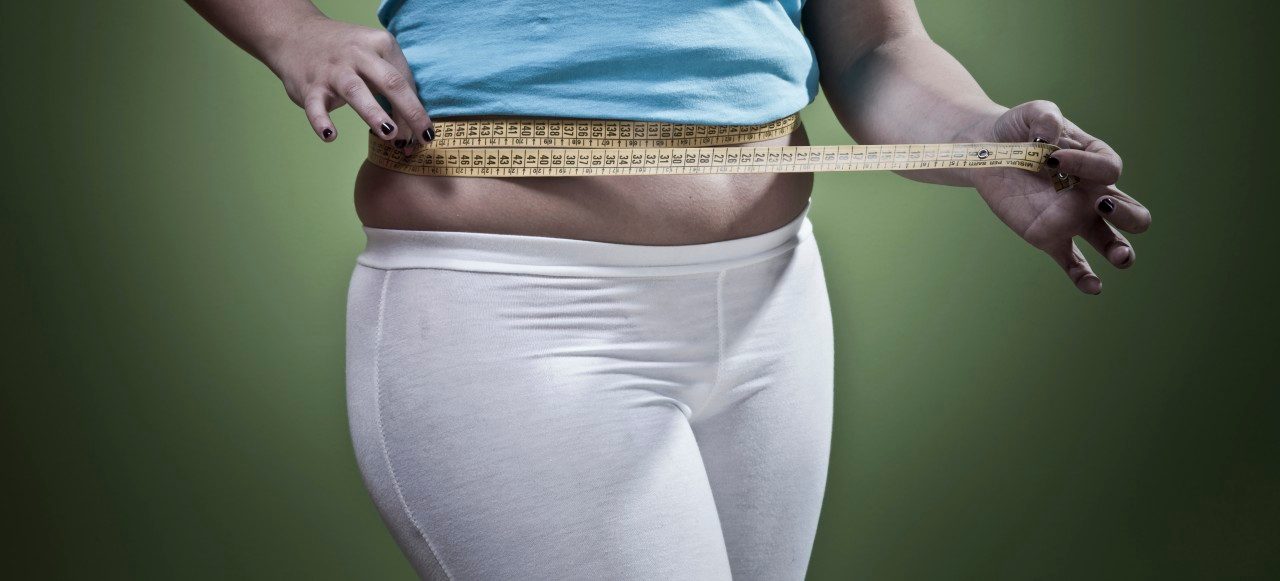The Best Diets for Weight Loss

What are the best diets for weight loss? For you the best diet is the one you’ll maintain. Cutting out junk food and cutting back on carbs is your best bet.
You can eat much less and drop pounds quickly up front, but the real trick is changing your eating habits so you keep the weight off.
The ideal program cuts your appetite so you’re not always fighting the impulse to eat, and allows you to enjoy healthful meals.
YOU MIGHT ALSO LIKE: Our Weight Loss section
Strict low carb
When researchers compare low-carb diets to low-fat diets, the subjects tend to lose more weight on the low-carb diet.
You’ll need to cut way back on sugars and starches like potatoes, bread, rice — anything white. Carbs also include fruit and sweet potatoes.
If you go for the strict Atkins approach, created by cardiologist Robert Atkins in the early 1970s, you’ll eat less than 20 percent of your total calories in carbs.
This should cut your hunger and lower your insulin levels, which may lead you to lose extra salt and water. You’ll feel thinner when you lose any bloat.
If you load up on saturated fat to feel full — whee, I can diet and eat bacon! — you could raise your cholesterol levels.
Low carb, low fat, high protein
The South Beach Diet, created in the mid-1990s by cardiologist Arthur Agatston, requires cutting both carbs and fat in its first phase. Later on you can eat more of both but have to keep protein very high. Agatston wasn’t happy with the high amount of saturated fat allowed on the Atkins Diet, or its restriction on high fiber good carbs, such as fruit and whole grains.
Eventually, you’ll aim for meals that include a protein, a healthy fat, and low-carb vegetables like broccoli, cauliflower, spinach, and kale. Load up on those vegetables; eat as much as you want.
Think salad, with avocado and olive oil dressings, and perhaps nuts, tofu, chicken, salmon, or egg.
If you up your protein, you’re likely to feel less hunger at first than you otherwise would while eating fewer calories than normal. However, once you get used to eating protein, some research suggests that the dampening effect on hunger will wear off.
Don’t be afraid of healthy fats: avocado, olive oil, nuts and seeds, and deep-sea fish like salmon, trout, mackerel, sardines, and herring.
To help you stay on the diet, you can decide to eat more carbs one day a week, often on the weekend. Ideally, your carb will be healthy: oats, quinoa, sweet potatoes (rather than white potatoes), and fruit.
Go vegan
You’ll probably lose weight — and cut your heart disease risk dramatically — if you cut out all animal products and stick to whole foods: grains, nuts, and vegetables. Going vegan doubled weight loss over six months in one study comparing five diets. In a two-year controlled study, older women who ate a vegan diet lost nearly 11 pounds on average the first year, compared to only four pounds among women who followed a low-fat diet. Group support helped.
Counting calories
People who count calories tend to have an easier time keeping weight off over time. You’ll be more realistic about portions and aware of which foods sabotage your efforts to stay thin.
There are lots of good online calorie-counters nowadays, including MyFitnessPal, LoseIt, MyFitnessPal, Lose It!, FatSecret, Cron-o-meter, and Sparkpeople. These aps will also help you track nutrition content.
Join a group
Having buddies helps. To test that idea, researchers compared Weight Watchers against a self-help approach: two brief sessions with a dietitian plus printed materials. The Weight Watchers participants lost almost 10 pounds on average in the first year, compared to three pounds in the other group. By the end of the second year, the average Weight Watchers participant had kept off more than six pounds, and the self-helpers had regained all their losses.
In the Trevose Behavior Modification Program, you attend weekly group sessions — and are kicked out if you don’t meet your weight loss goals. In one study, participants lost an average of 19 percent of their body weight in two years — much more than typical. About half the enrollees had dropped out after two years, but any participation seemed to significantly boost the chances of keeping weight off over the next five years.
Enrolling in a program with friends also helps keep the pounds down over time.
You can add a financial stick (or carrot). Two Yale economists, Dean Karlan and Ian Ayres, made a deal: Karlan agreed to pay Ayres $1,000 every week he gained weight and Ayres, the author of “Carrots and Sticks: Unlock the Power of Incentives to Get Things Done,” agreed to pay Karlan $500 if he went above the limit of 185 pounds. They created the website stickk, where you can appoint someone as your “referee” and double your chances of success.
Other tips: Stay away from sugary drinks and fruit juice, drink water before meals, eat soluble fiber, stick to whole foods, eat more slowly, weigh yourself daily, work out, and make sure you’re getting enough sleep.
Updated:
April 09, 2020
Reviewed By:
Janet O’Dell, RN